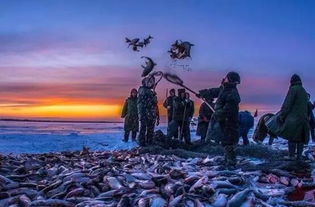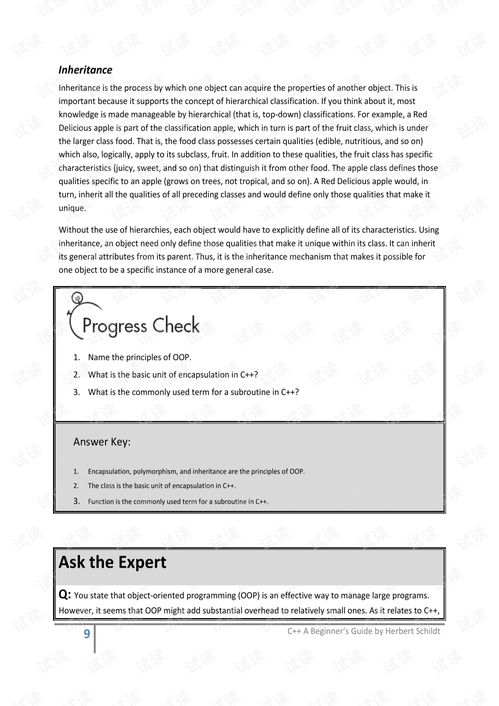Content:
Winter fishing, often shrouded in misconceptions and myths, can be a highly rewarding and peaceful activity. As the temperatures drop and the water begins to freeze, seasoned anglers know that the best catches of the year can often be found on the ice. Whether you're a beginner or a seasoned pro looking to expand your skills, here are some essential tips and techniques to help you master winter fishing.
Understanding Winter Fish Behavior
Before you head out onto the ice, it's crucial to understand how fish behave during the colder months. Fish tend to slow down their metabolism and move to deeper waters where the temperature remains more stable. Here's what you need to know:

- Water Temperature: Aim for waters that are between 32°F and 40°F (0°C to 4°C). These temperatures are most conducive to fish activity.
- Depth: Fish will often congregate in deeper waters, so start your search around 20 to 30 feet (6 to 9 meters) down.
- Structure: Look for underwater structures like submerged trees, rocks, and drop-offs, as these areas can hold fish.
Ice Conditions
Before you venture out, ensure that the ice is safe. Here are some tips for assessing ice conditions:
- Thickness: Aim for ice that is at least 4 inches (10 cm) thick for safe walking. For fishing, 6 inches (15 cm) is a good starting point.
- Clear Ice: Clear ice is stronger than white ice, which forms over snow. Clear ice is typically a sign of older ice.
- Snow Cover: Snow on the ice can insulate it from cold winds, making it stronger. However, snow can also hide cracks and weak spots.
Equipment
Winter fishing requires specialized equipment to ensure your comfort and safety:
- Ice Auger: This tool is essential for drilling holes in the ice to fish through.
- Fishing Rod and Reel: Use a light to medium-action rod and a reel that can handle braided line for better sensitivity and strength.
- Line: Monofilament or fluorocarbon line is ideal for winter fishing due to its low visibility and durability.
- Lures and Baits: Small, natural-looking baits or lures that mimic the fish's natural prey are most effective.
Techniques
Once you're set up and ready to fish, here are some effective techniques to increase your chances of success:
- Vertical Jigging: This technique involves lowering your lure vertically to the fish's level. Use a slow and steady retrieve to mimic a struggling prey.
- Trolling: Trolling can be effective in deeper waters. Use a downrigger to keep your lure at the desired depth.
- Live Bait: Live bait, such as minnows or leeches, can be irresistible to fish in the winter. Keep your bait alive and active to attract more fish.
- Winter Baitcasting: Use a slower casting technique to avoid spooking fish. Keep your rod tip low and make short casts.
Safety
Safety should always be your top priority when ice fishing:
- Always Fish with a Buddy: Having someone with you can be a lifesaver in case of an emergency.
- Layered Clothing: Dress in layers to stay warm and be prepared to shed layers if you get too hot.
- Emergency Gear: Carry a first aid kit, a whistle, a cell phone, and a personal flotation device.
Experience and Patience
Lastly, winter fishing is as much about patience and experience as it is about technique. Here are some tips to help you make the most of your experience:
- Start Early: The early morning hours can be the most productive, as fish are often more active.
- Stay Mobile: If you're not catching fish, don't be afraid to move to a new location.
- Observe the Fish: Pay attention to how the fish are reacting to your bait. Adjust your approach accordingly.
By following these tips and techniques, you'll be well on your way to a successful winter fishing adventure. Remember, the key to winter fishing is to be prepared, patient, and willing to adapt to the changing conditions. With the right mindset and a bit of luck, you could be reeling in some of the best catches of the year.












